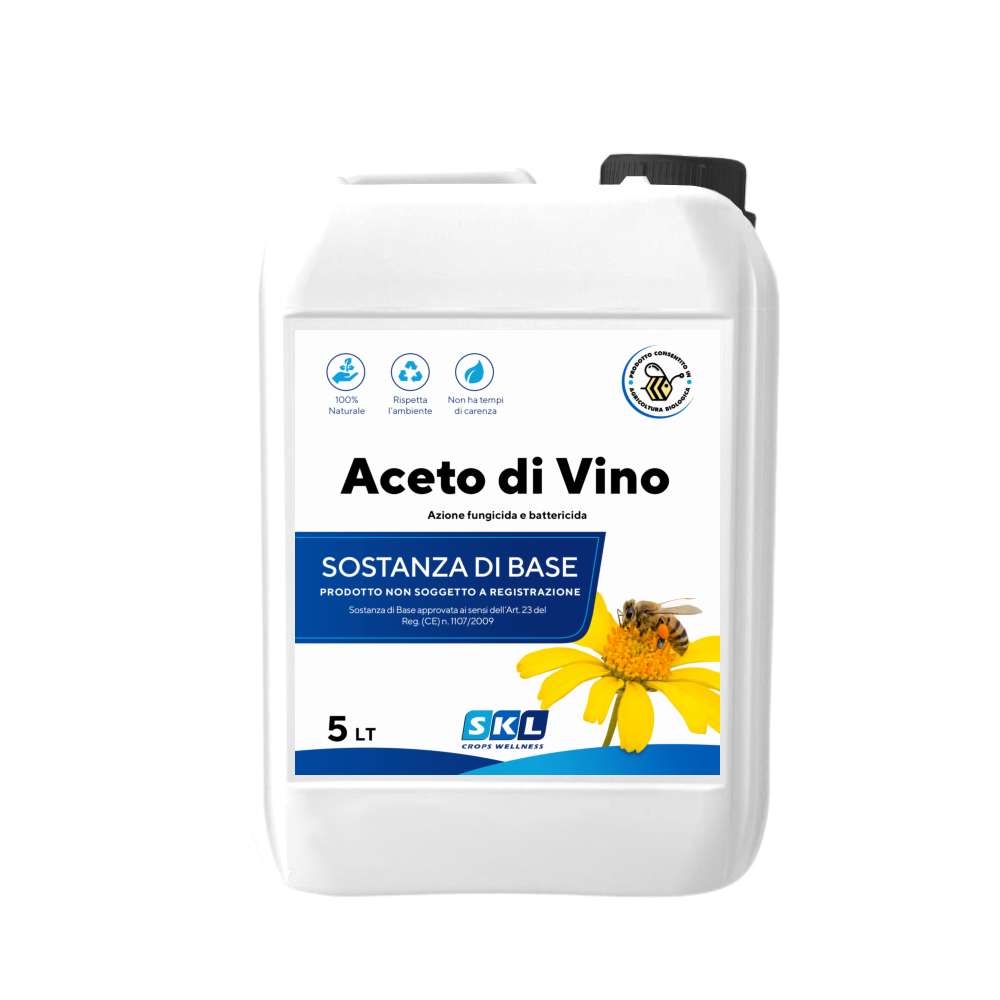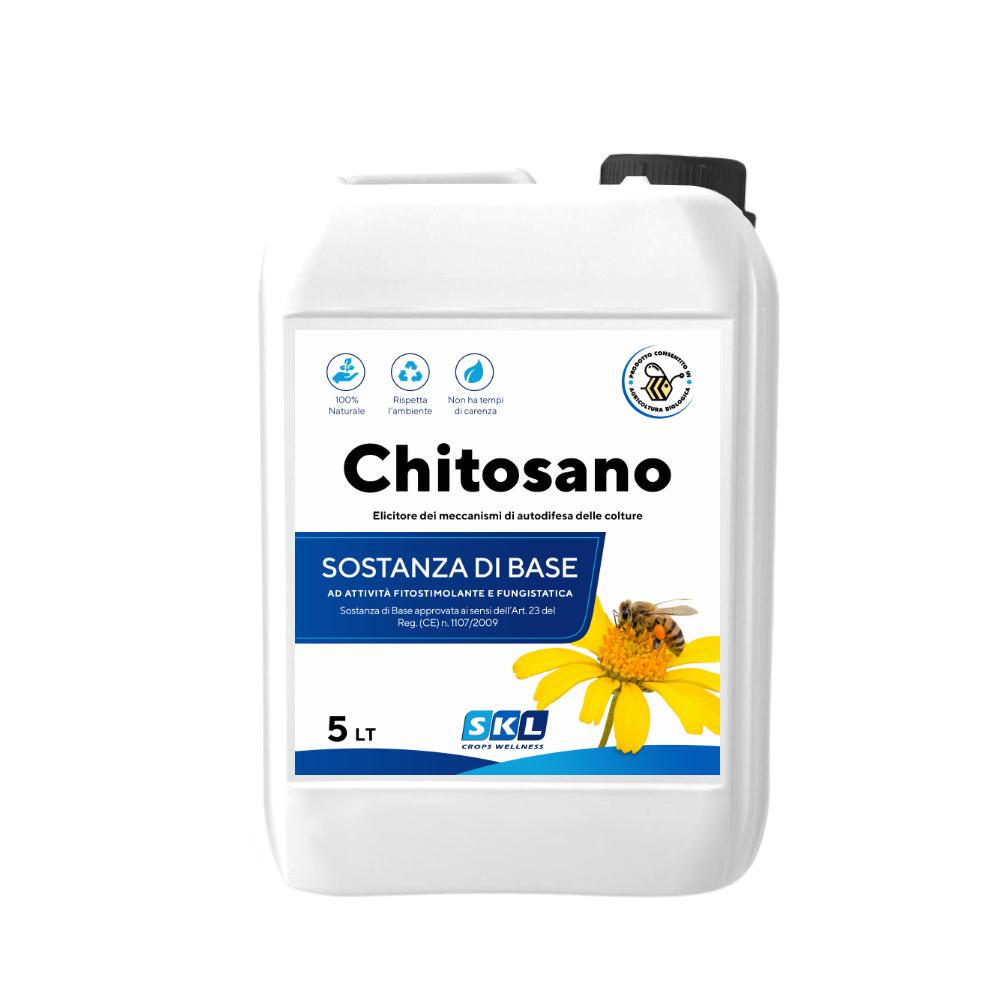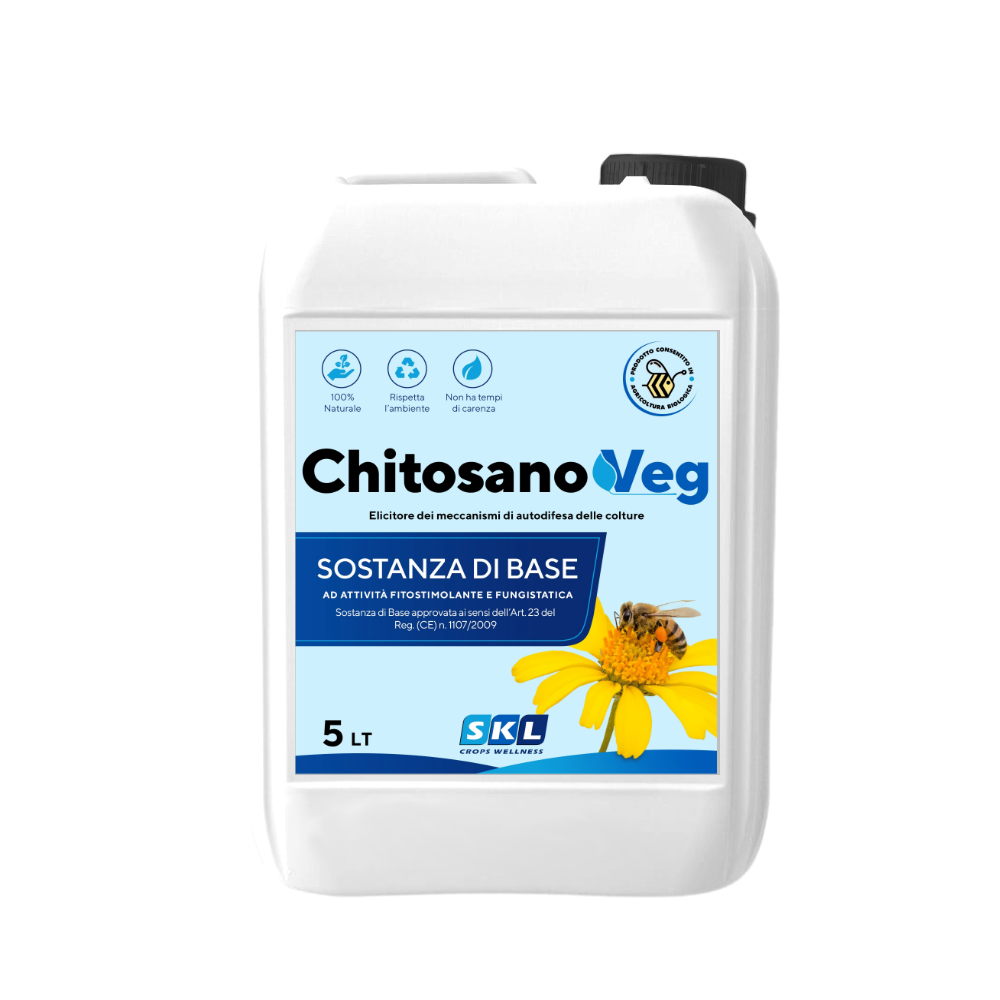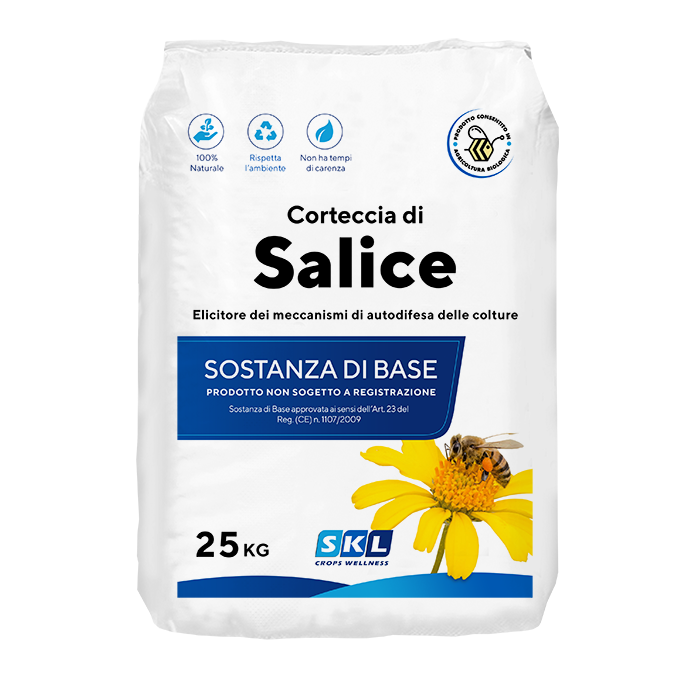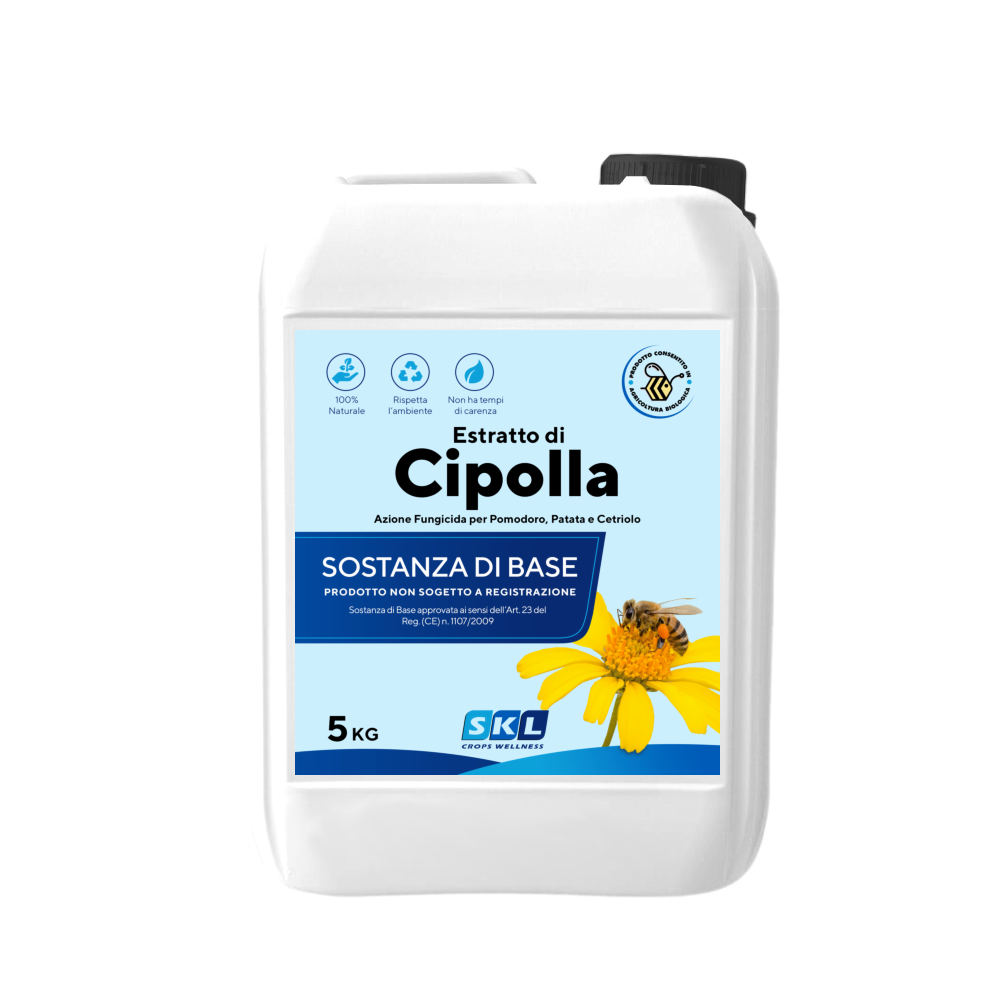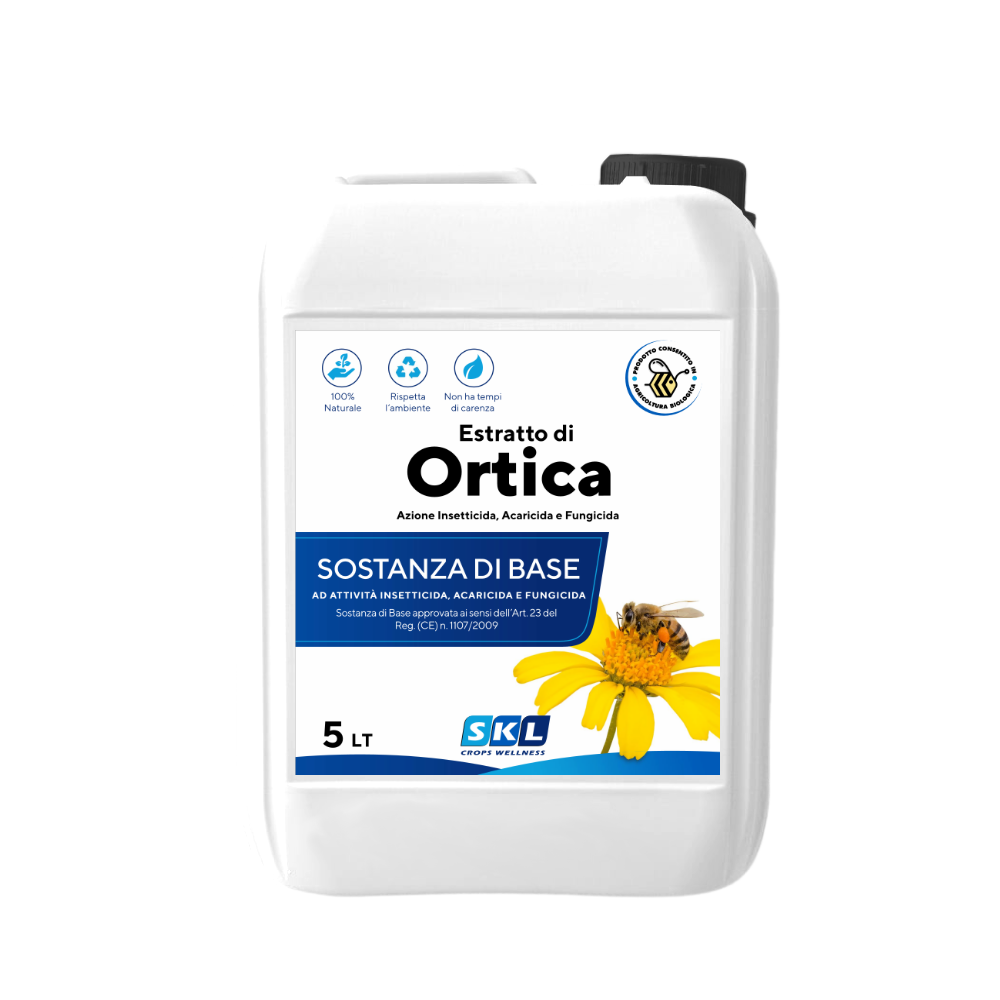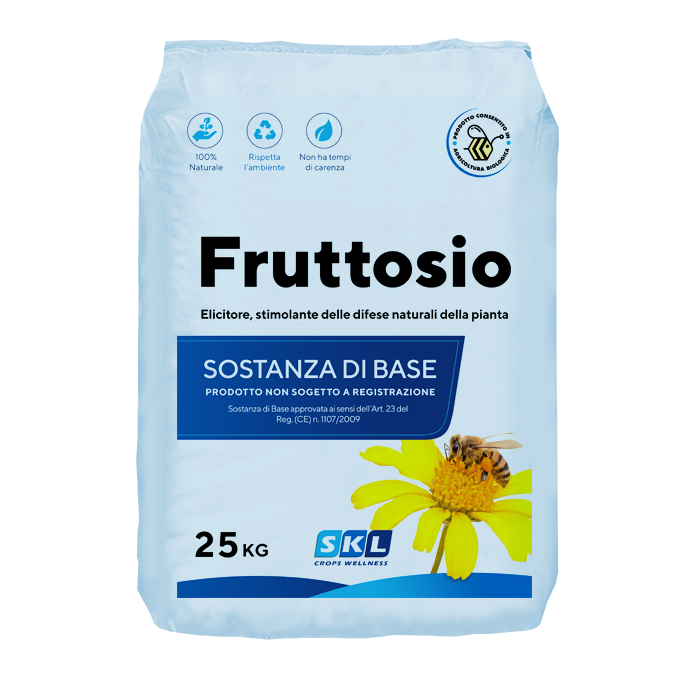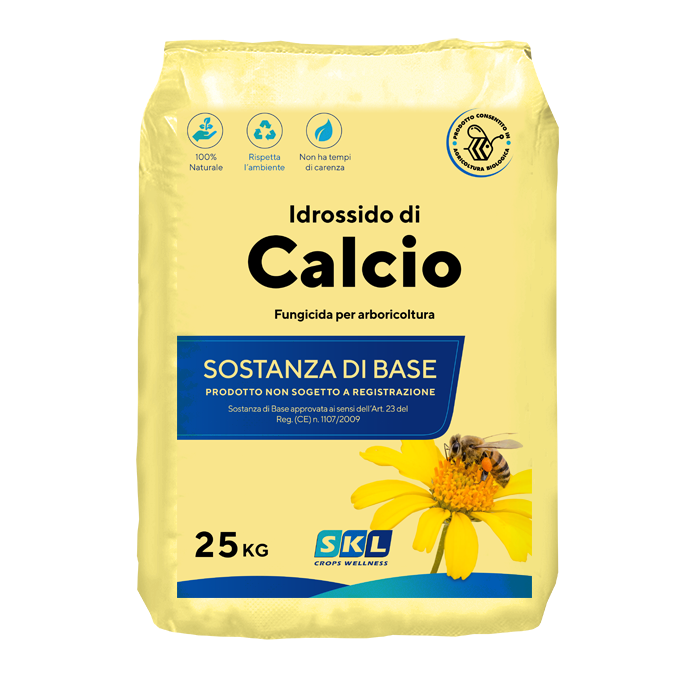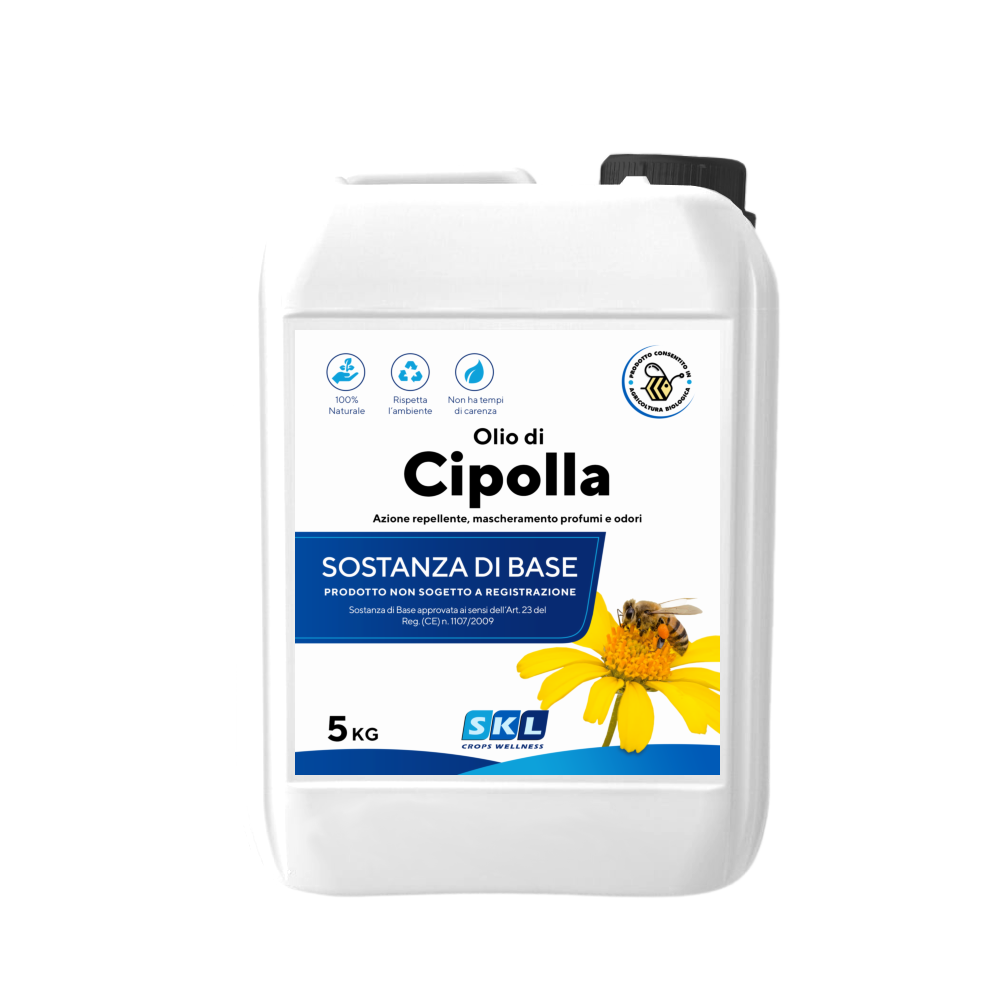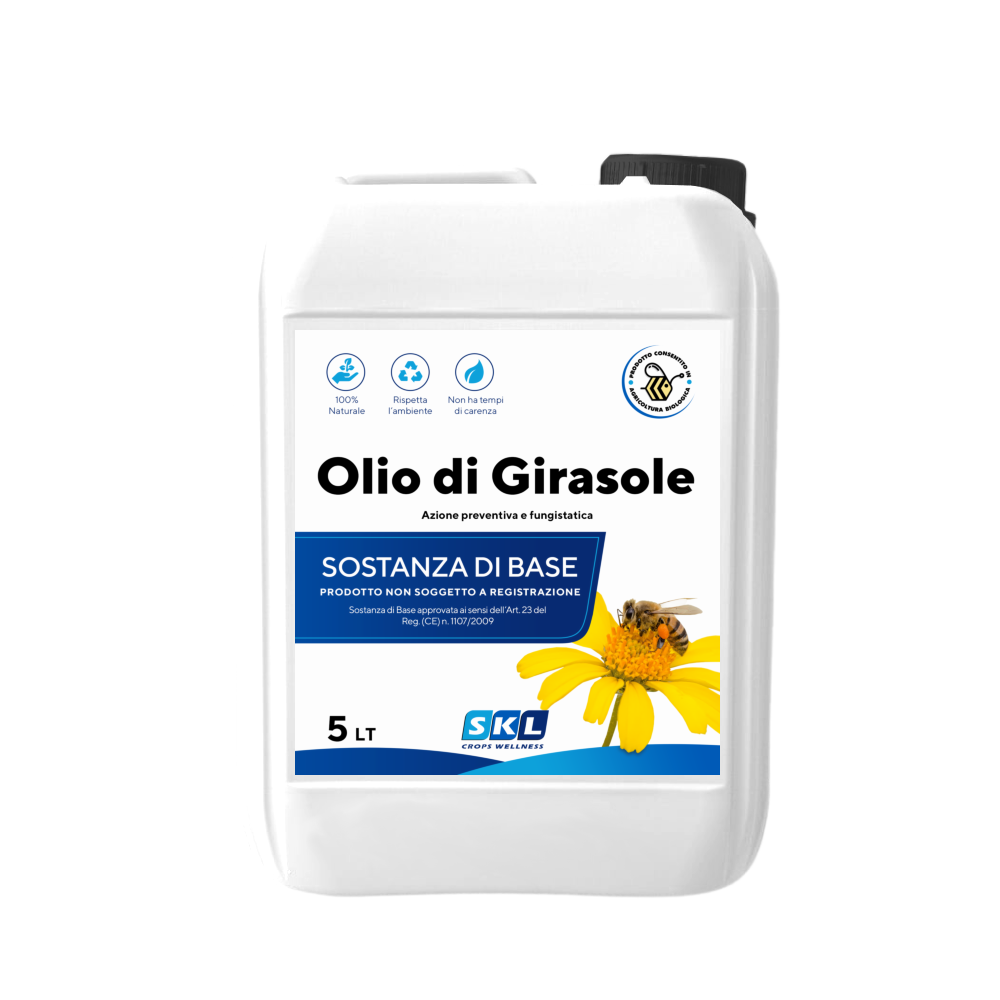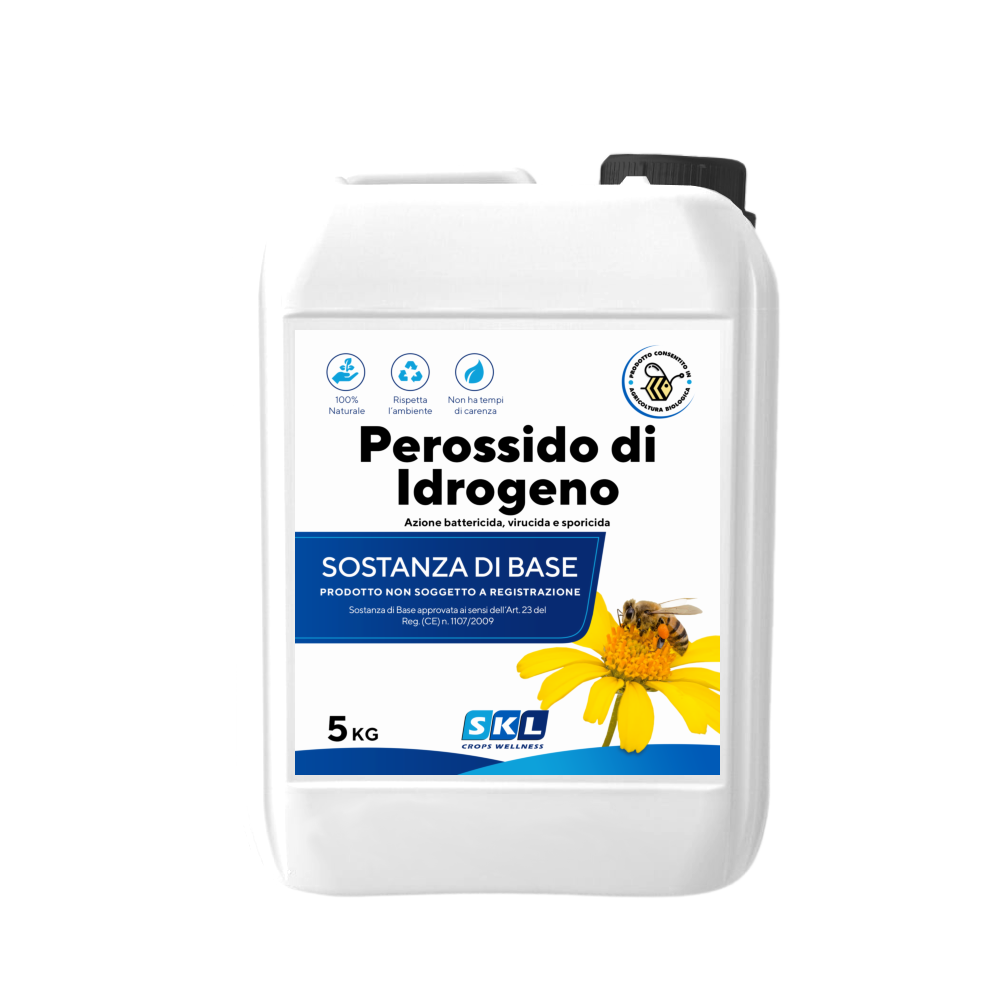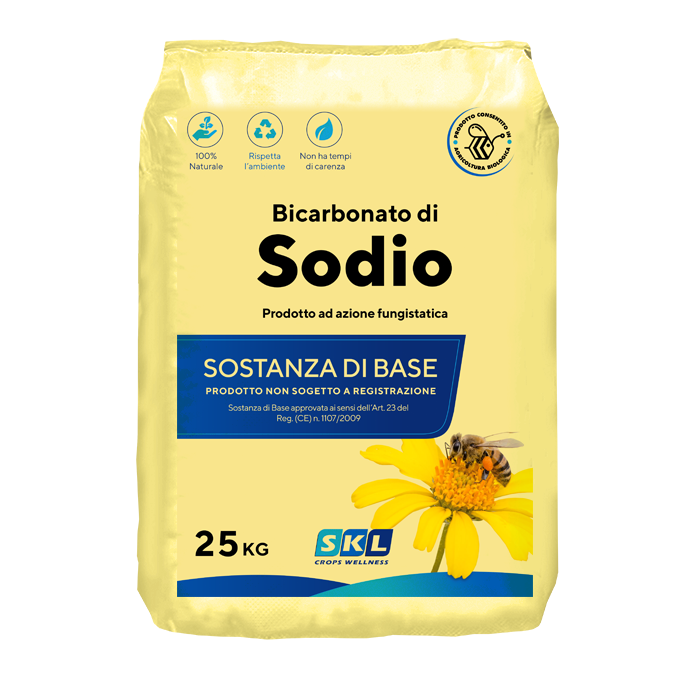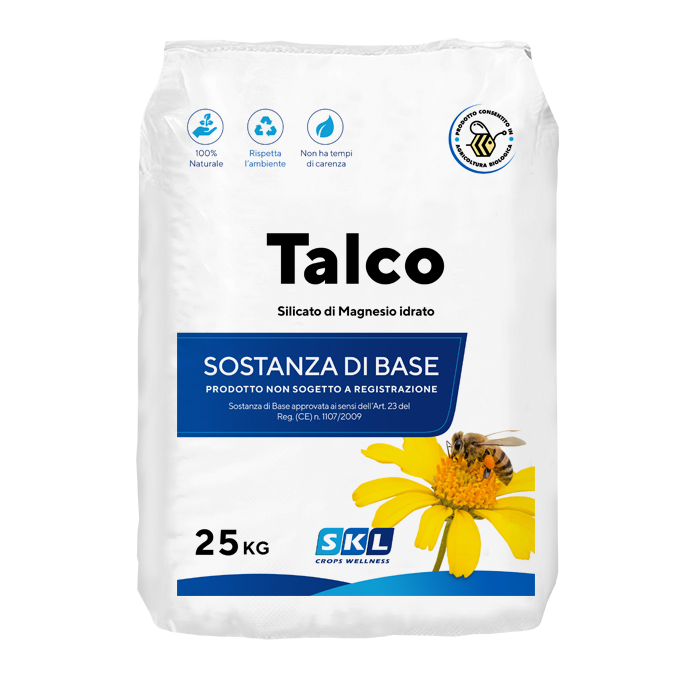Description
Vinegar is a basic substance to be used in a cold water solution for seed treatment (various crops) or as a disinfectant for mechanical equipment and cutting tools. Winegar is widely used as an herbicide on medicinal aromatic crops, as well as for applications on pathways, sidewalks, and terraces.
It can be used as a pH regulator to achieve water with a pH<5, by adding 7 ml of vinegar to 1 L of water (in combination with chitosan as specified in Appendix II of the review report for the basic substance chitosan SANTE/10594/2021).
Regulation (EC) No 1493/1999 prescribes that the name "aceto di vino" (wine vinegar) is reserved for products obtained from the acetic fermentation of wines with an acetic acid content of not less than 60 g/l.
Wine vinegar is a nourishing food because it consists of various nutrients and invigorating substances; it is a clear liquid, straw-colored or red, depending on the wine from which it comes. The composition of vinegar is almost the same as that of the raw material used for acidification, except for some components that are specific to acetic fermentation. The values of dry extract, ash, glycerin, butylene glycol, etc., remain unchanged or almost unchanged during the oxidative conversion of wine into vinegar.
In common vinegars, however, the quantities of some constituents can vary appreciably due to the occurrence, both in the wine material and in the resulting vinegar, of certain secondary and collateral fermentations, precisely glyceric, tartaric, and malic fermentations that modify its composition. Glyceric, tartaric, and malic fermentations lower the values of dry extract, ash, glycerin, and fixed acidity, while lactic and butyric fermentations increase the quantities of acetoin and diacetyl.
Dosage
| As a Bactericide and Fungicide for seed treatment | |||
| Crop | Pathogens | Dosage | |
| Grain seeds (Common wheat ,Triticum aestivum, Durum wheat, Triticum durum, Triticum spelta, Hordeum vulgare) | Tilletia caries, Tilletia foetida, Brown streak Barley | 25 - 50 g/hl every 100 kg of seeds | |
| Tomato, Pepper, Carrot, Cabbage | Alternaria, Clavibacter Michiganensis, Pseudomonas syringae, Xanthomonas campestris, Botrytis aclada | 25 - 50 g/hl every 100 kg of seeds | |
| As a Disinfectant for cutting tools | |||
| Ornamental Tree Species | Pseudomonas, Erwinia amylovora, Verticillium | 400 g/hl | |
| As a Herbicide | |||
| Aromatic herbs | Use as it is in pre-crop emergence | ||
| On roads, sidewalks and terraces | Diluted use 60 g/lt | ||

